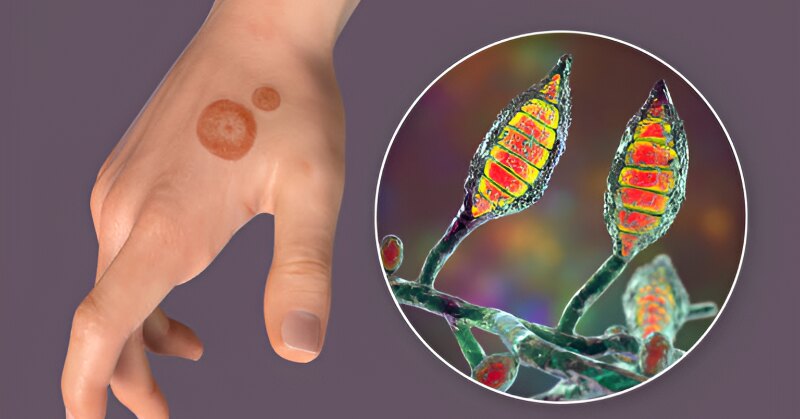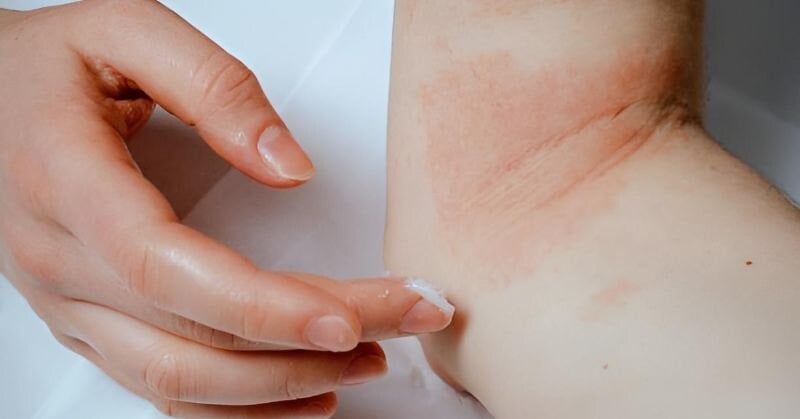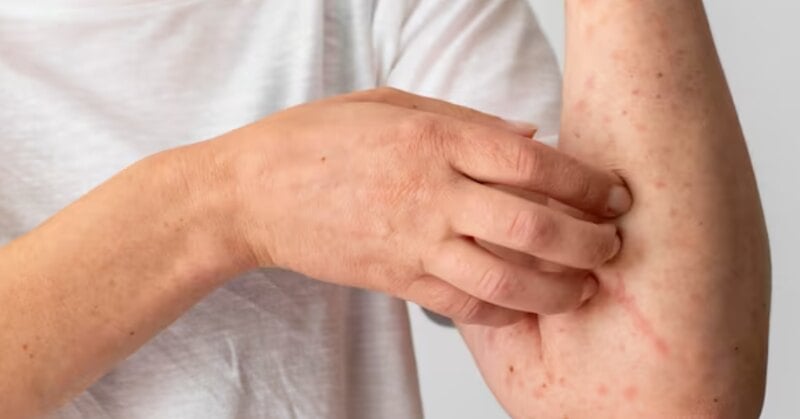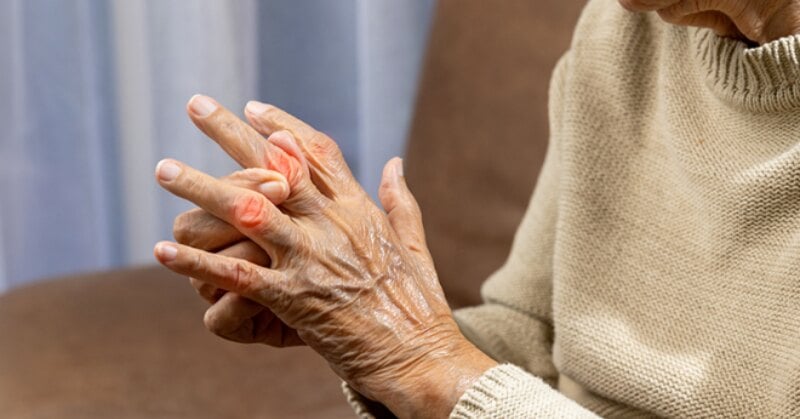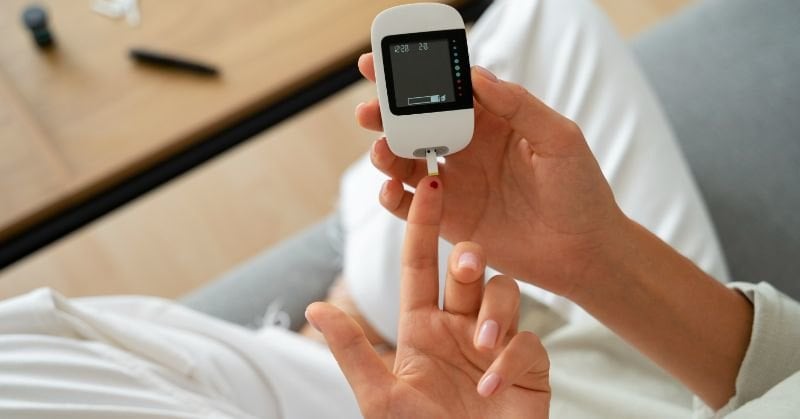Plaque psoriasis is a chronic autoimmune condition that results in the rapid buildup of skin cells, forming scales and red patches that are often itchy and sometimes painful. Understanding what plaque psoriasis looks like and exploring various treatment options is essential for managing this condition effectively.
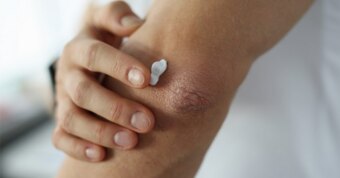
1. What Plaque Psoriasis Looks Like
Plaque psoriasis is the most common form of psoriasis, characterized by distinct skin symptoms:
-
Red Patches of Skin: These patches, also known as plaques, are typically raised and inflamed.
-
Silvery-White Scales: The rapid turnover of skin cells leads to the formation of thick, silvery scales on the plaques.
-
Dry and Cracked Skin: Affected areas may be dry and prone to cracking, which can sometimes lead to bleeding.
-
Itching and Burning: Plaques are often itchy and may cause a burning sensation.
-
Location: Plaque psoriasis commonly appears on the scalp, elbows, knees, and lower back but can occur anywhere on the body.
It’s important to note that the severity of symptoms can vary widely among individuals, from minor localized patches to widespread areas of thick, inflamed skin.
2. Treatment Options for Plaque Psoriasis
Managing plaque psoriasis involves a combination of treatments aimed at reducing inflammation, slowing down the rapid turnover of skin cells, and relieving symptoms. Treatment options include:
Topical Treatments
These are applied directly to the skin and are often the first line of treatment for mild to moderate plaque psoriasis:
-
Corticosteroids: Anti-inflammatory creams and ointments that help reduce redness and swelling.
-
Salicylic Acid: Helps remove scales and smooth the skin.
-
Coal Tar: Reduces scaling, itching, and inflammation.
Phototherapy
Also known as light therapy, this treatment involves exposing the skin to ultraviolet (UV) light under medical supervision:
-
UVB Phototherapy: Uses UVB light to slow down the production of skin cells.
-
PUVA: Combines a drug called psoralen with UVA light to enhance the effectiveness of the treatment.
Lifestyle and Home Remedies
In addition to medical treatments, certain lifestyle changes and home remedies can help manage symptoms:
-
Moisturizing: Keeping the skin moisturized can reduce dryness and scaling.
-
Oatmeal Baths: Can soothe itching and irritation.
-
Avoiding Triggers: Identifying and avoiding triggers such as stress, smoking, and certain foods can help manage flare-ups.
-
Healthy Diet: Maintaining a balanced diet and healthy weight can improve overall health and potentially reduce psoriasis symptoms.
3. Access Affordable Treatment Options
Treating plaque psoriasis can be expensive, especially when considering the cost of medications, doctor visits, and other related expenses. However, there are several ways to access affordable treatment options for managing plaque psoriasis effectively. Here are some strategies to help you obtain affordable care:
Utilize Health Insurance
Health insurance can significantly reduce the cost of psoriasis treatment. If you have insurance, ensure that your plan covers the treatments you need:
-
Check Coverage: Review your insurance plan to understand what treatments, medications, and therapies are covered.
-
Preferred Providers: Use in-network providers to reduce out-of-pocket costs.
-
Prior Authorization: Some treatments may require prior authorization from your insurance company. Work with your healthcare provider to obtain this authorization.
Patient Assistance Programs (PAPs)
Many pharmaceutical companies offer patient assistance programs to help individuals afford their medications:
-
Enroll in PAPs: Contact the manufacturer of your medication to see if you qualify for their assistance programs. These programs often provide medications at reduced costs or for free.
-
National Psoriasis Foundation: The National Psoriasis Foundation provides information on available PAPs and other financial assistance resources. Visit their website for more details.
Generic Medications
Generic versions of medications can be significantly cheaper than brand-name drugs:
-
Ask for Generics: Consult your healthcare provider to see if there are generic alternatives for your prescribed medications.
-
Pharmacy Discounts: Some pharmacies offer discount programs for generic medications. Check with local pharmacies for available options.
Government Programs
Several government programs can provide financial assistance for healthcare costs:
-
Medicaid: Medicaid provides health coverage for low-income individuals and families. Eligibility requirements vary by state. Visit the Medicaid website for more information.
-
Medicare: Medicare offers coverage for individuals over 65 and certain younger individuals with disabilities. Explore Medicare Part D for prescription drug coverage.
Discount Cards and Coupons
Prescription discount cards and coupons can help reduce medication costs:
-
Prescription Discount Cards: Programs like GoodRx offer discount cards that can provide significant savings on prescription medications. Visit the GoodRx website for more information.
-
Pharmaceutical Coupons: Many drug manufacturers offer coupons for their medications. Check the manufacturer’s website for available coupons.
Community Health Clinics
Community health clinics offer medical services on a sliding fee scale based on your income:
-
Find a Clinic: Use the Health Resources and Services Administration (HRSA) website to locate a federally funded health center near you.
-
Sliding Scale Fees: Clinics offer services at reduced rates based on your ability to pay.
Conclusion
Plaque psoriasis is a chronic condition that requires ongoing management. By understanding the symptoms and exploring various treatment options, individuals with plaque psoriasis can effectively manage their condition and improve their quality of life. It's essential to work closely with a healthcare provider to develop a personalized treatment plan that addresses specific needs and symptoms.
